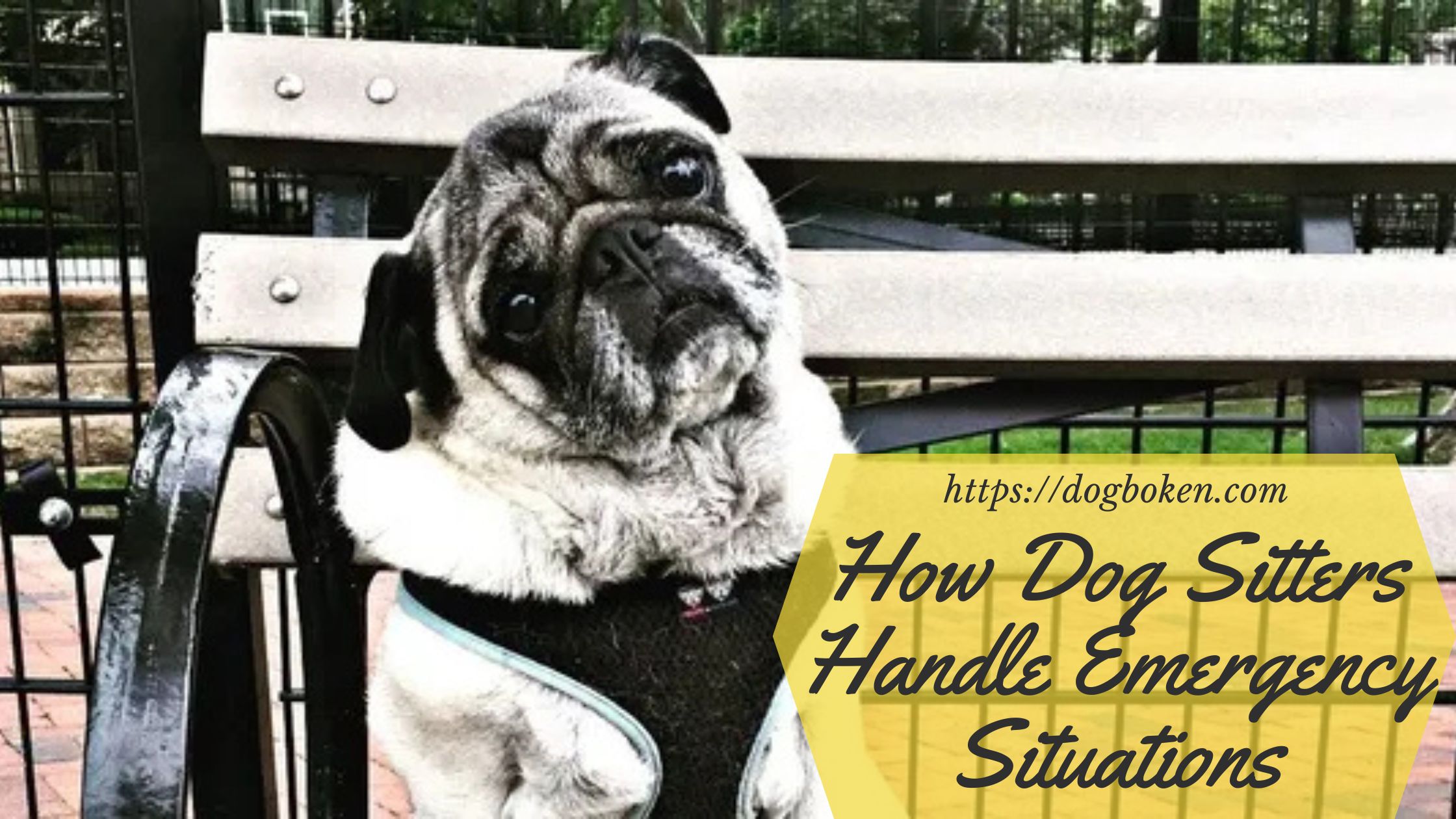How Dog Sitters Handle Emergency Situations

Nobody wants to think about an emergency happening while they’re away, but for professional dog sitters, being ready for the unexpected is just part of the job. From sudden illnesses to lost dogs, experienced sitters know that staying calm and taking quick action can make all the difference. So, how exactly do they do it? Let’s break it down.
Table of Content
- Preparation
- Quick Response to Sudden Illness or Injury
- Dealing with Escape Artists
- Handling Behavior Outbursts
- Weather Woes and Power Outages
- Conclusion
First Things First: Preparation
Most dog sitters don’t wait for emergencies to strike—they prepare in advance. That means having key information at their fingertips. Before a sitting job begins, they typically ask for:
- The dog’s medical history
- Emergency vet contact info
- Owner’s preferred emergency contact
- Details about any medications, allergies, or fears
Some even carry a small pet first-aid kit just in case. This level of prep ensures that if something goes wrong, they’re not scrambling for answers.
Quick Response to Sudden Illness or Injury
Let’s say the dog suddenly throws up, limps, or starts acting strangely. The sitter doesn’t waste time guessing. First, they observe closely—any unusual behavior gets noted. If it seems serious, the next step is to call the owner. Then, depending on the situation, they may call a local emergency vet or drive the dog there themselves.
In areas like Hoboken, dog sitters often build relationships with nearby vets. This helps speed things up if they need urgent care. It’s one of the ways dog sitting in Hoboken has earned a reputation for being highly reliable and pet-focused.
Dealing with Escape Artists
Even the best-behaved pups can sometimes bolt out the door. Maybe they slip a leash or chase a squirrel. Either way, a dog on the loose is a scary situation. That’s why good sitters always double-check gates and doors, and they keep dogs on a leash during walks unless it’s a secure area.
But if a dog does run off? Sitters stay calm and act fast. Many use GPS tags or dog-tracking apps provided by the owner. They’ll search the area, call the pet’s name in a friendly tone, and alert neighbors. If needed, they contact local shelters and use social media to spread the word.
Handling Behavior Outbursts
Dogs can get anxious without their humans around, and sometimes that stress turns into growling, barking, or hiding. A seasoned sitter knows how to handle it gently. They don’t push the dog or scold it. Instead, they give it space and use treats, toys, or calming cues to rebuild trust.
If the behavior turns aggressive, they’ll immediately inform the owner and avoid putting themselves—or the dog—in harm’s way. Again, good communication is everything.
Weather Woes and Power Outages
From summer blackouts to surprise snowstorms, weather emergencies can be just as risky. Many dog sitters check forecasts before every walk and plan indoor activities if things look rough. During a power outage, they make sure the dog has access to water, comfort, and a safe, quiet space. Flashlights and backup chargers are often part of their gear.
Those offering dog sitting in Hoboken know that local weather can shift quickly, especially near the waterfront. That’s why they’re always on alert and keep a list of pet-friendly emergency shelters, just in case.
Conclusion
Great dog sitters don’t just feed and walk pets—they act as stand-ins for the owners. That means being alert, quick-thinking, and ready for anything. Whether it’s a medical scare, a missing pup, or a storm rolling in, they know how to handle it with care and calm. It’s this kind of dependability that makes dog sitting in Hoboken such a trusted service for busy pet parents.


